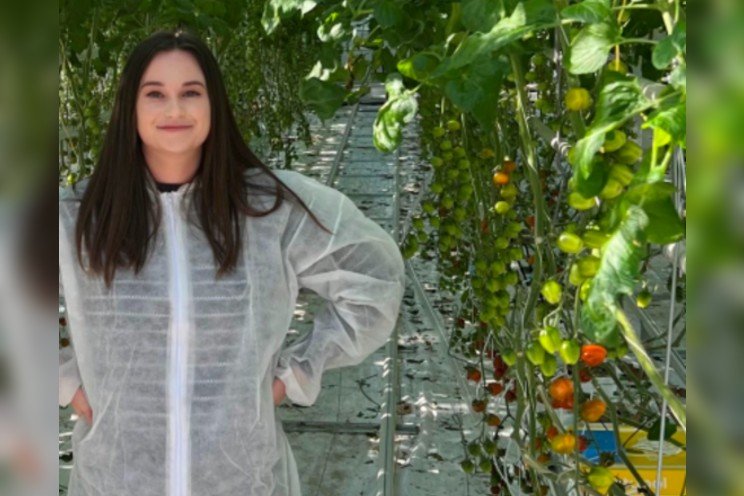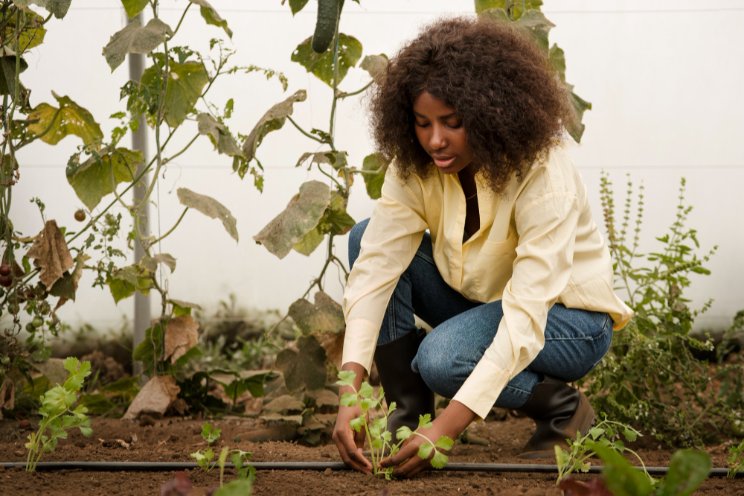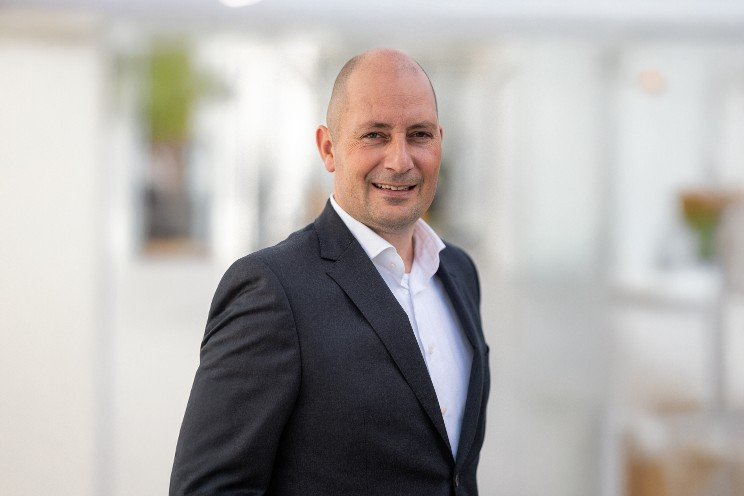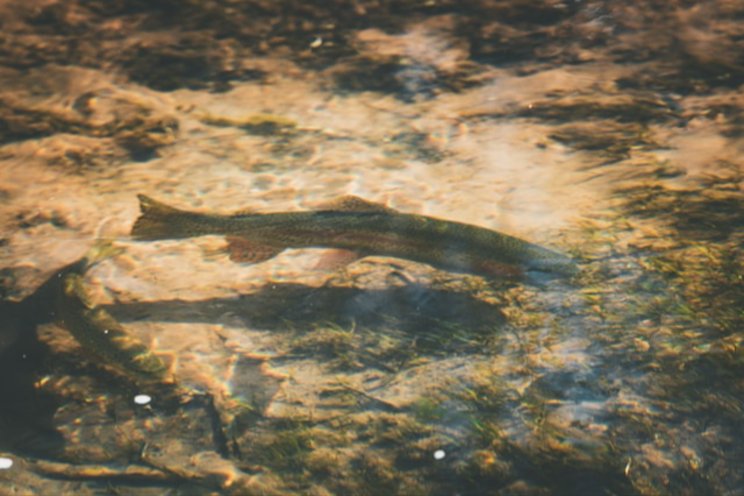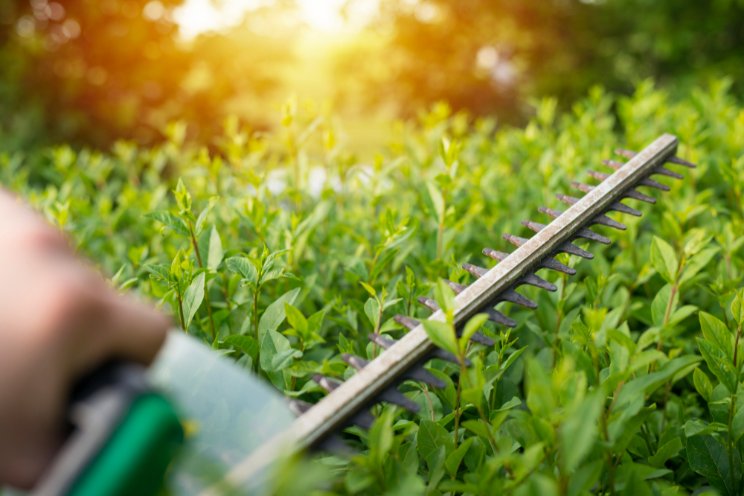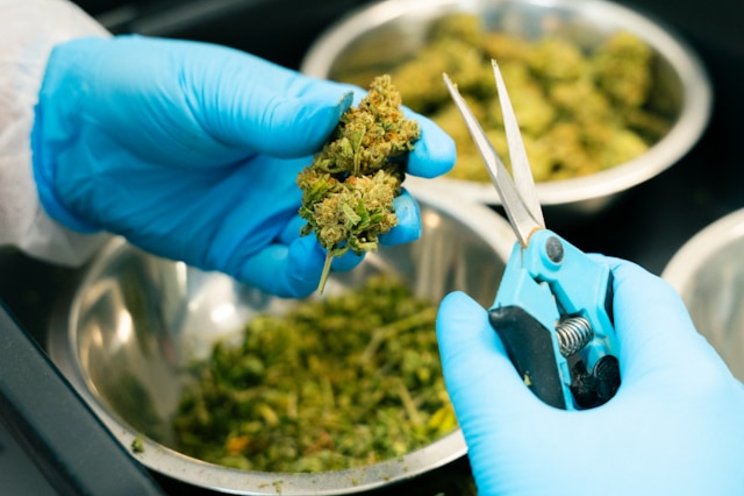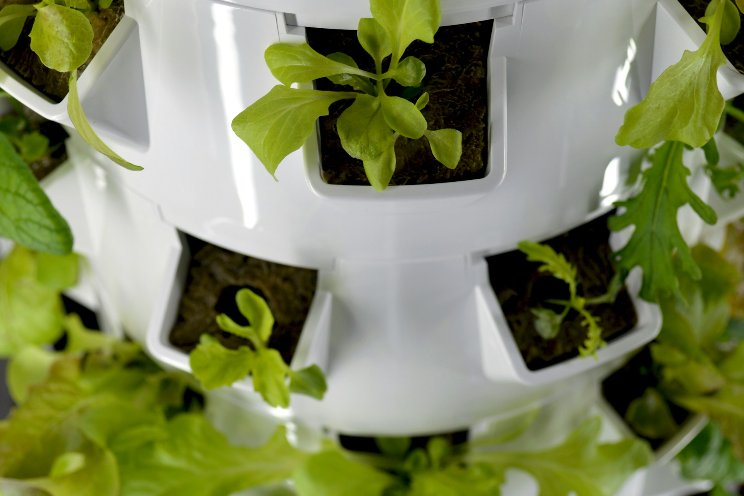LED Horti: It’s in the space station’s DNA
Added on 05 July 2023
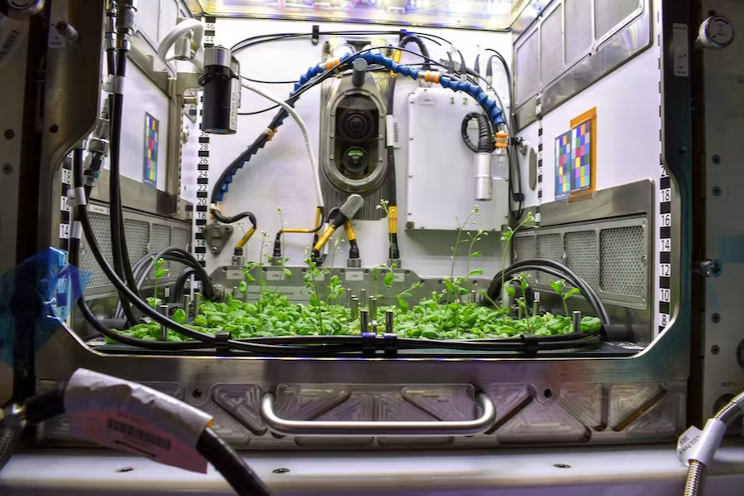
Life can be stressful at 260 miles high. But there are ways to cope. For example, plants that grow under LEDs aboard the International Space Station are known to add information to their DNA that helps them to stay calm.
What’s not known, however, is whether plants pass those genetic adaptations on via their seeds, or whether the next generation has to learn how to look after itself all over again.
Cue up the next stage of studies in the ISS’s LED-lit Advanced Plant Habitat chamber.
Earlier this week, an autonomous SpaceX Dragon cargo spacecraft docked to the ISS, and among its payload were the materials that the astronauts will need to raise thale cress to help NASA scientists figure out whether plants do indeed bestow their enhanced DNA upon offspring.
The experiment is called Plant Habitat-03. The objective is to grow thale cress, collect its seeds, and then use those seeds to grow a second generation on the Space Station. Thale cress — part of the mustard family — is formally known as Arabidopsis thaliana and is widely used for plant research.
Photo: This Advanced Plant Habitat at NASA’s Kennedy Space Center in Florida, with thale cress growing under the LEDs, is similar to the APH aboard the Space Station. Source: NASA.
More news
